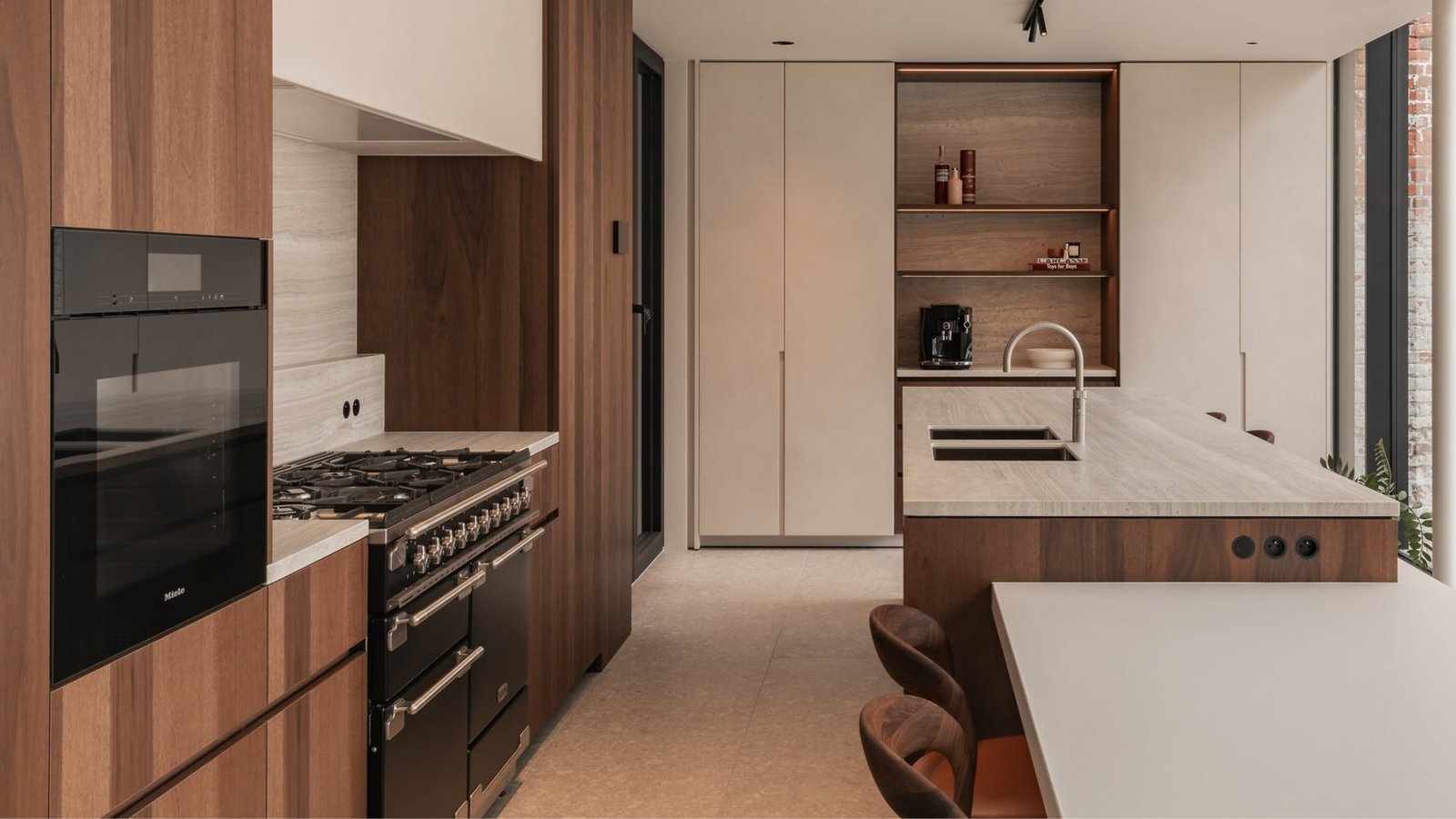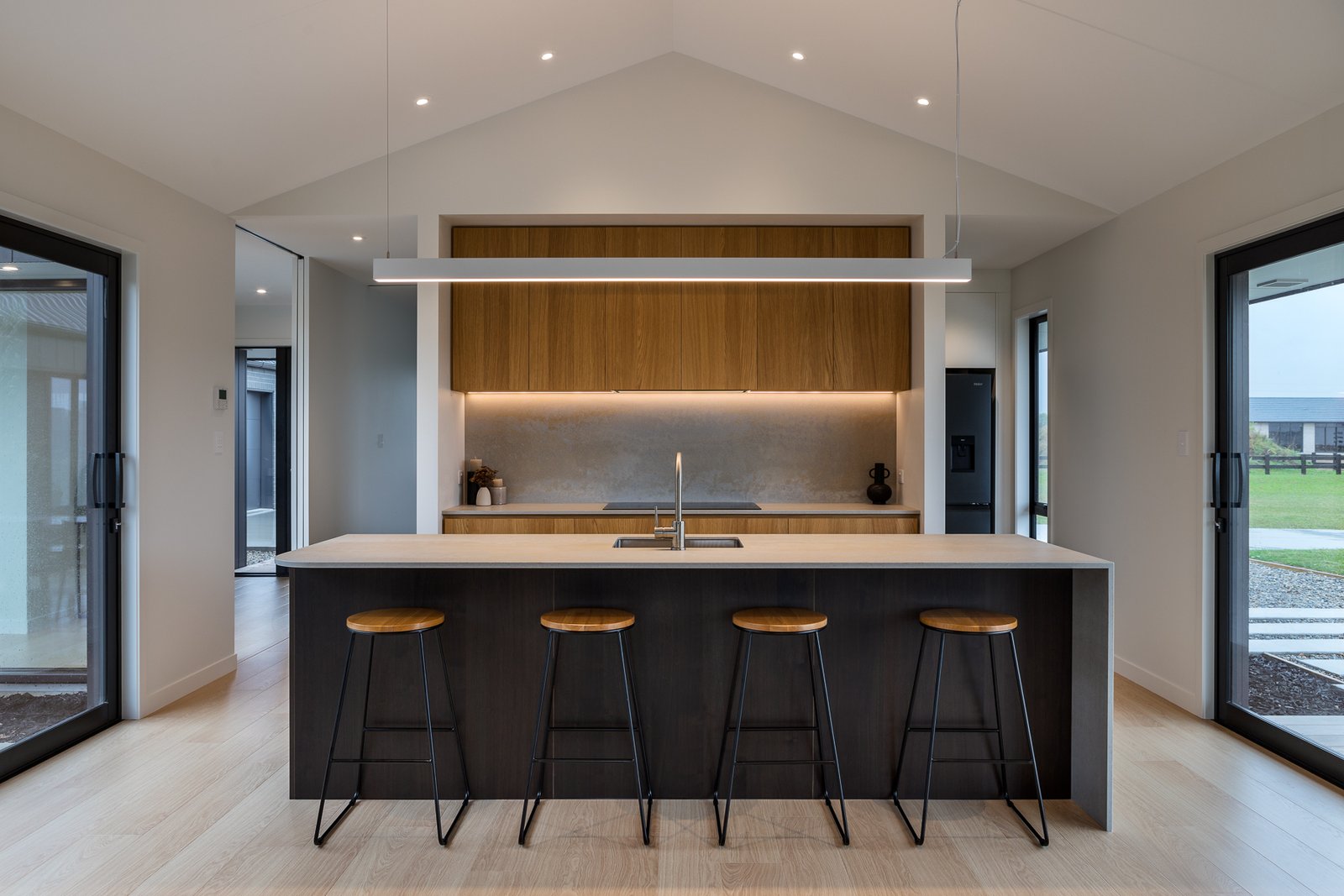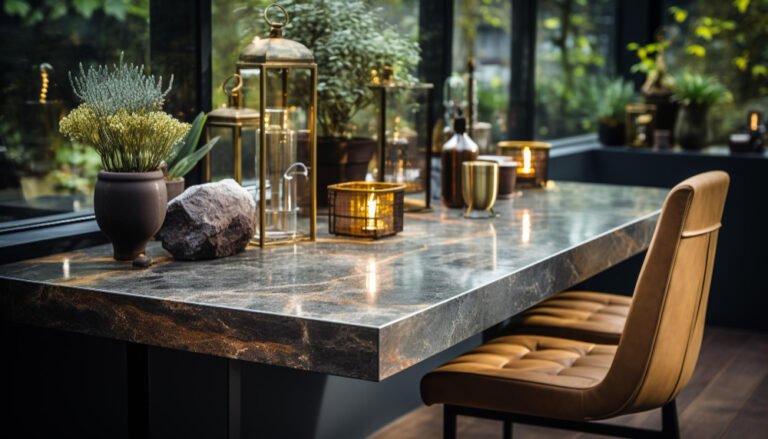When it comes to designing a home with warmth and elegance, choosing the right wood finish can make all the difference. One rising star in the design world is Shinnoki Milk Oak, a sleek, modern, and ready-to-use wood veneer. But how does it compare to traditional oak, the timeless choice that has graced homes for centuries? If you’re considering a design update, let’s dive into the pros and cons of each to help you make the best decision for your space.
Aesthetic Appeal
Shinnoki Milk Oak brings a soft, contemporary touch to interiors with its subtle grain and light, neutral tones. It’s ideal for homeowners who want a modern, Scandinavian, or minimalist look without the starkness of plain white.
On the other hand, traditional oak—whether red or white oak—offers a richer, more pronounced grain pattern and deeper color variations. It works well in classic, rustic, and farmhouse-style homes, making it a favorite for those who love timeless charm.

Durability & Maintenance
When it comes to durability, traditional solid oak is hard to beat. As a solid hardwood, it can withstand decades of wear, and it can be refinished multiple times to restore its beauty.
Shinnoki Milk Oak, while still durable, is a veneer product, meaning it has a thin layer of real wood over a composite core. This makes it more lightweight and stable, but it may not be as resilient against deep scratches or refinishing.
Installation & Versatility
For homeowners who prioritize ease of installation, Shinnoki Milk Oak is a game-changer. It comes pre-finished, cutting down on labor time and ensuring a smooth, flawless application. It’s ideal for cabinetry, wall panels, and furniture, offering a consistent, ready-to-use surface.
Conversely, traditional oak requires finishing, which allows for more customization but also means extra time and cost. However, if you love DIY projects or want the flexibility of staining and sealing the wood to match other elements in your home, traditional oak is a solid choice.

Cost Considerations
Budget plays a major role in any home design decision. Shinnoki Milk Oak tends to be more affordable than premium-grade solid oak because it uses a veneer layer rather than full hardwood. However, if you’re looking for something long-term that can be sanded and refinished, traditional oak may provide better value over decades.
Which One Should You Choose?
Go for Shinnoki Milk Oak if: You want a modern, easy-to-install, low-maintenance option with a contemporary aesthetic.
Stick with Traditional Oak if: You love the richness and natural beauty of real wood, don’t mind refinishing, and want a durable investment that lasts generations.
Read More in Homeolo Hub Blog
- The Room Addition That Changed How We Lived Forever
 This isn’t just another renovation tale. It’s a heartfelt story about how a carefully planned room addition transformed not only a home, but the way a family lived in it. From cramped mornings to calm coffee rituals, from noise to balance, this Nate Berkus-inspired narrative explores how intentional design can do more than add space—it can create meaning. If you’ve ever wondered whether a room addition is worth it, read this first.
This isn’t just another renovation tale. It’s a heartfelt story about how a carefully planned room addition transformed not only a home, but the way a family lived in it. From cramped mornings to calm coffee rituals, from noise to balance, this Nate Berkus-inspired narrative explores how intentional design can do more than add space—it can create meaning. If you’ve ever wondered whether a room addition is worth it, read this first. - Custom Countertop Design: A Minimalist’s Guide to Elevating Your Space
 A custom countertop transforms your space with minimal, clean lines and timeless materials. Learn how to choose the best design for your home.
A custom countertop transforms your space with minimal, clean lines and timeless materials. Learn how to choose the best design for your home. - Finding the Best Kitchen Showrooms Near You: FAQ with Nicole Curtis
 Visiting a kitchen showroom can make your remodel easier. Learn how to find the best one near you, what to bring, and the latest design trends to watch.
Visiting a kitchen showroom can make your remodel easier. Learn how to find the best one near you, what to bring, and the latest design trends to watch.
Final Thoughts
Both Shinnoki Milk Oak and traditional oak have their place in modern home design. It all comes down to your style preferences, budget, and long-term plans. If you lean towards modern and sleek, Shinnoki Milk Oak is an excellent choice. But if you appreciate a timeless, rustic charm, you can’t go wrong with traditional oak. Either way, you’ll be making a beautiful investment in your home!












